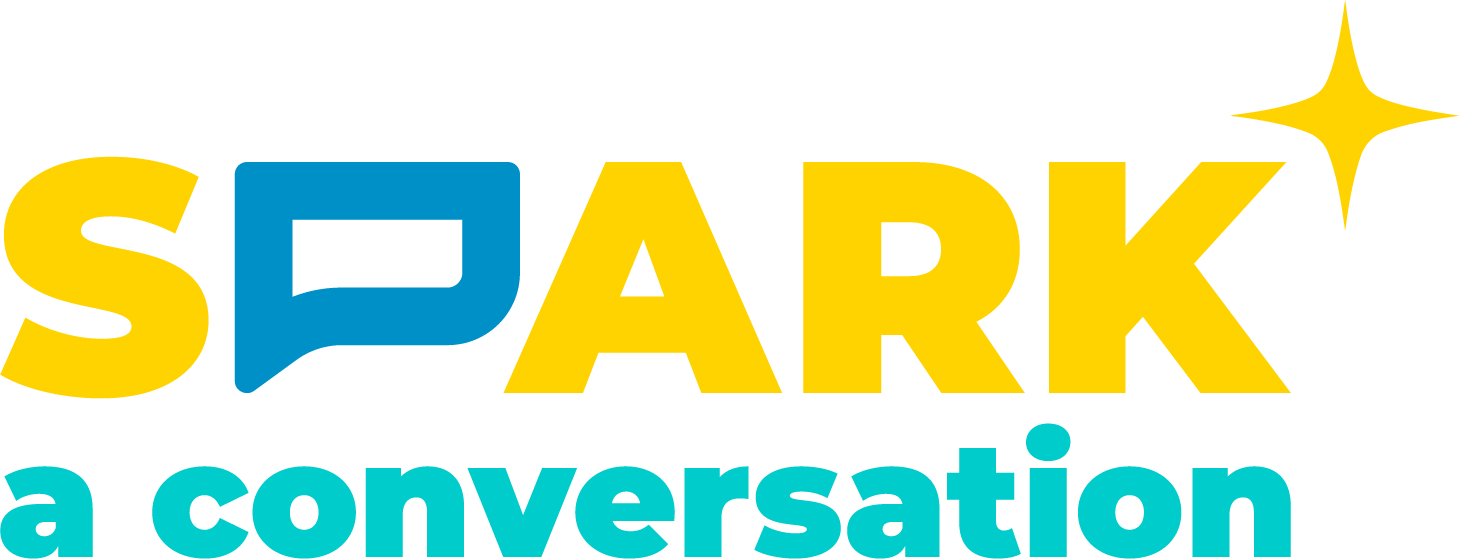
Civil Engineer Rachel Davidson uses math to predict how people will behave during a storm so that she can help cities prepare for natural disastors.
What do you or your family do when the power goes out or when there’s a big storm?

When many people live together in a city, state, or nation, it becomes necessary to create systems and structures to help them move around safely and find the things they need to survive comfortably (shelter, water, power, and food). Civil engineers like Rachel Davidson help design and maintain these systems. This kind of engineering “is very public sector-focused,” she explains. “My research tends to focus on infrastructure systems, rather than individual structures” such as buildings and bridges. “I am more interested in this at the scale of a city or state: the transportation system, the water supply system,” and other systems that help people stay comfortable and safe, even when things go wrong.
Things going wrong is a key focus of Davidson’s work at the University of Delaware’s Disaster Research Center. How might a hurricane or earthquake affect a community’s water and electricity supply systems? To find answers to these and other questions, Davidson has traveled to Japan, Los Angeles, Haiti, and New Zealand after major earthquakes. Because these natural disasters do not happen often, she uses “the tools of probability and statistics to capture the uncertainty” and to make predictions about what is likely to happen in different situations. Davidson “develops mathematical models” to help local governments and other organizations make informed decisions when major storms and earthquakes do happen, creating “models that are simplifications of the real world.”
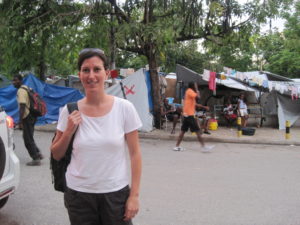
In her research on hurricanes, which is funded by the National Science Foundation, Davidson works as part of a team. A meteorologist, a coastal oceanographer, and a hydrologist study hurricanes themselves, helping the team learn about wind speeds, storm surges (rising water), and flood depths. A sociologist on the team conducts surveys, gathering information about how people behave during a storm. Davidson and other civil engineers add information about the transportation network and combine it all to suggest the best ways emergency managers can make decisions such as when and whether to evacuate people as a storm approaches. Using math, they create computer-based simulations to imitate hurricanes and floods and their effects on communities.
“And to pull it all together, we use optimization models to minimize the risk in the event.” One goal is to “minimize the time people spend traveling” to escape the storm. There are “certain constraints,” such as the “capacity for each road” (how much traffic it will allow through). “For each road in a network, there’s a maximum flow of traffic,” measured in the number of cars per unit of time, “and it gets slower as the number of cars goes up.” “As you have more cars on the road, it slows the average speed down,” so Davidson and her colleagues figure out ways to prevent traffic jams and allow people to travel out of the affected area or to shelters, where they will be safe from the storm.
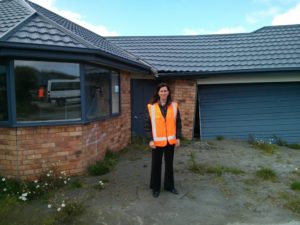
Davidson and her coworkers are developing new models for managing emergencies, models which acknowledge the ways the path of a storm may change and also the fact that people make different decisions as the storm develops. “In real life, people make decisions repeatedly throughout the course of the event. They might wait and check again in three hours and if it’s turning towards them, they’ll leave. If not, they might decide to stay.”
The damage done by hurricanes and earthquakes can start fires. Davidson and her colleagues studied the 2011 earthquake and tsunami in Tohoku, Japan. “There were 300 fires within a few days,” providing civil engineers with a large amount of data. “We wanted to develop models to predict fires in the next earthquake.” How many would there be? Where would they occur? They “developed a regression model based on how many people” lived in each area that contained a fire, the types of buildings it contained, and “how strong the ground-shaking was.” “We want to understand what might happen so you can plan for it all,” despite the random aspects of earthquakes and fires.
What inspired Davidson to become an engineer? “I didn’t always know I would end up in this field,” she says.
I really liked Games magazine. It still exists. It’s a magazine with all kinds of puzzles in it. Some are simple word-finds and some are pretty complicated. There are some numerical problems but a lot of it is logic, to help with ways of being creative and problem-solving. That’s part of what got me here: problem-solving. I like puzzles.
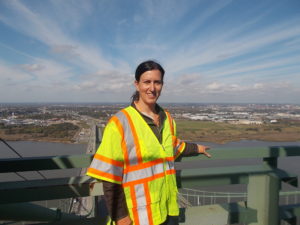
Rachel skipped seventh grade math so “I was ahead in math [in] high school but I never thought that it was something I would do as I went through my life.” “I thought that was for nerds and I didn’t see myself that way.” “It was only by luck that I ended up at a university that had engineering and my first year, my mother encouraged me to take physics (she said it was hard to get back into if you drop it).” “Everyone in there was an engineer and I didn’t know what engineering was.” But Davidson became interested in civil engineering and took a statics class, which focused on the different forces that act on objects and how to calculate them. “I like it: it’s puzzles and I could see the positive impact of civil engineering on society,” says Davidson, “and that’s why I think I stayed in civil engineering and went on to teach statics and other subjects and to help solve vital problems.“
What math should students seek out?
Understanding at least some basic probability and statistics is really important. A lot of students have taken something like that in high school, but not all, and it’s a hard concept and students often have to learn it a few times before it clicks. Even for other scientists and engineers who don’t deal with uncertainty so much, it would be useful. People sometimes have a groaning reaction [to statistics], but I think it’s so cool and it relates to everyday life. It’s in the newspaper every day and understanding some of the basic concepts can help with science and engineering.
It always helps to learn math: it gives you more tools in your toolbox to help you come up with a good solution. If you don’t know any math or engineering, then you don’t have access to any of those tools for addressing certain societal problems…. Math is just a language we use to represent everything.
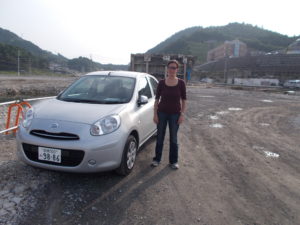
“Hopefully you can create a model that helps people understand how the real world behaves.” “Some of my colleagues make actual physical models of structures and there are also mathematical models, and that’s what I use. They’re all just representations of different phenomena in real life. It’s just a language, really, a way to describe things” … and to help keep people safe when disaster strikes


